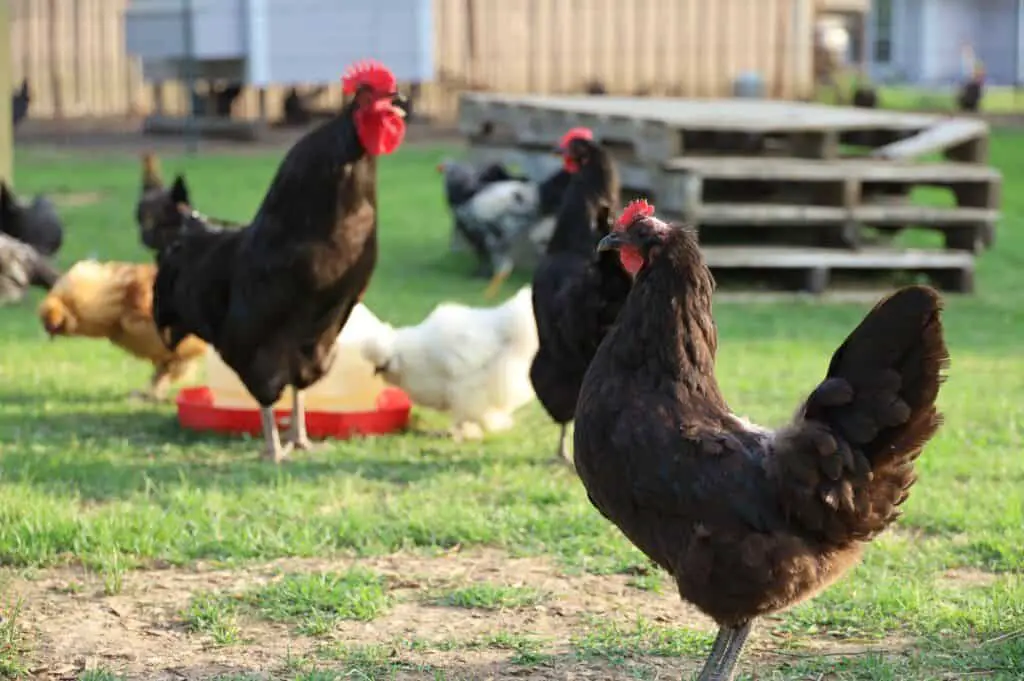Learning how to can vegetables at home is an invaluable skill for anyone interested in homesteading or simply preserving the bounty of their garden. With the right techniques, you can enjoy your favorite vegetables year-round, even when they are out of season. This guide will walk you through the essential steps and considerations to ensure your home canning experience is both safe and rewarding.
Getting started with home canning can seem daunting, especially for those new to the process. However, with a little patience and practice, it becomes an enjoyable and fulfilling activity. By mastering the basics, you can transform fresh produce into delicious canned goods that reflect your personal taste and commitment to self-sufficiency.

Understanding the Basics of Canning
What is Canning?
Canning is a method of preserving food in which the food contents are processed and sealed in an airtight container. This process involves heating the jars to a temperature that destroys microorganisms that could cause spoilage. The vacuum seal formed as the jars cool ensures the food remains safe to eat over extended periods.
Types of Canning Methods
There are two primary methods for canning vegetables at home: water bath canning and pressure canning. Water bath canning is suitable for high-acid foods like tomatoes and pickles, while pressure canning is necessary for low-acid vegetables such as green beans and corn.
Essential Equipment for Home Canning
Must-Have Canning Tools
Before you start, gather essential canning tools such as mason jars, lids, a jar lifter, a funnel, and a canner (either a water bath or pressure canner). These tools are crucial in ensuring the safety and efficiency of your canning process.
Choosing the Right Jars
Selecting the correct jars is vital. Use only jars designed for canning, as they are made to withstand the high temperatures required. Common sizes include pint and quart jars, which suit different types of vegetables and recipes.
Preparing Vegetables for Canning
Cleaning and Prepping
Thoroughly wash and peel your vegetables, removing any blemishes or imperfections. Cutting the vegetables into uniform pieces will ensure even cooking and proper sealing during the canning process.
Blanching Vegetables
Blanching is an essential step that involves boiling vegetables briefly and then plunging them into ice water. This process helps preserve color, texture, and nutrients while also making it easier to pack the jars tightly.
The Canning Process
Filling the Jars
Place your prepared vegetables into the jars, leaving the appropriate amount of headspace as indicated by your recipe. Headspace is crucial for ensuring a proper seal and preventing the jars from breaking during processing.
Sealing and Processing
Once the jars are filled, place the lids on top and secure them with rings. Process the jars in your canner according to the method suitable for your vegetables and altitude.
Storing and Using Canned Vegetables
Checking Seals and Storage
After processing, allow jars to cool naturally. Once cooled, check the seals by pressing the center of each lid. A properly sealed jar will not flex up and down. Store sealed jars in a cool, dark, and dry place.
Using Your Canned Goods
Enjoy your home-canned vegetables in a variety of dishes. From soups and stews to salads and side dishes, the options are endless. Always check for signs of spoilage before consuming.
Safety Tips for Canning at Home
Avoiding Common Mistakes
Ensure your canning process is safe by avoiding common mistakes, such as using old jars and lids, not following processing times, and ignoring altitude adjustments.
Recognizing Signs of Spoilage
Learn to identify signs of spoilage, such as bulging lids, leaks, or off-smells. If you notice any of these, discard the contents immediately.
Benefits of Canning Vegetables at Home
Self-Sufficiency and Sustainability
Canning at home allows you to become more self-sufficient and sustainable. It reduces food waste and enables you to maintain a pantry stocked with nutritious, homemade foods.
Cost-Effective and Nutritious
Canned vegetables are a cost-effective way to enjoy nutritious foods year-round. They often retain similar levels of vitamins and minerals as fresh produce, making them a healthy choice.

Frequently Asked Questions
What vegetables are best for canning?
While almost any vegetable can be canned, some of the best include tomatoes, green beans, carrots, and corn. These vegetables maintain their flavor and texture well when canned.
Can I reuse canning lids?
No, it is not recommended to reuse canning lids. They are designed for single-use to ensure a reliable seal. Reusing lids can lead to seal failures and spoilage.
How long do canned vegetables last?
Properly canned vegetables can last up to one year when stored in a cool, dark place. Always check for signs of spoilage before consuming canned goods.
For more tips on starting your homesteading journey, visit Homestead Gardening and Raised Bed Gardening. Additionally, learn more about Urban Homesteading to expand your homesteading skills.




